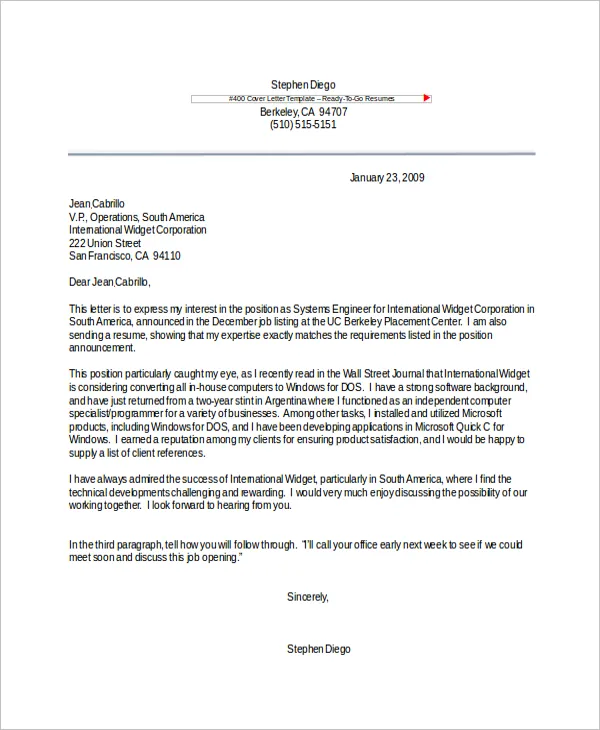What is a Cover Letter?
A cover letter is a crucial document that accompanies your resume when applying for a job. It serves as a personalized introduction, allowing you to expand on your qualifications, express your interest in the specific role, and highlight why you are the ideal candidate. Unlike your resume, which provides a concise overview of your experience and skills, the cover letter provides an opportunity to showcase your personality, writing skills, and enthusiasm for the opportunity. It’s your chance to make a strong first impression and convince the hiring manager to read your resume more closely. The cover letter acts as a bridge, connecting your qualifications with the specific needs and requirements of the job. A well-crafted cover letter will significantly increase your chances of securing an interview.
The Purpose of a Cover Letter
The primary purpose of a cover letter is to introduce yourself and express your interest in a specific job. It goes beyond simply listing your qualifications; it allows you to connect your skills and experiences to the job description and the company’s values. A cover letter provides context to your resume, explaining why your background makes you a good fit for the role. It allows you to elaborate on specific achievements, demonstrate your understanding of the company’s needs, and showcase your communication skills. A compelling cover letter creates a positive first impression, setting the stage for a potential interview. Furthermore, it’s an excellent tool for addressing any gaps in your resume or explaining career changes. In essence, the cover letter is your chance to persuade the employer that you are not only qualified but also enthusiastic and a great fit for their team.
Highlighting Your Skills and Experience
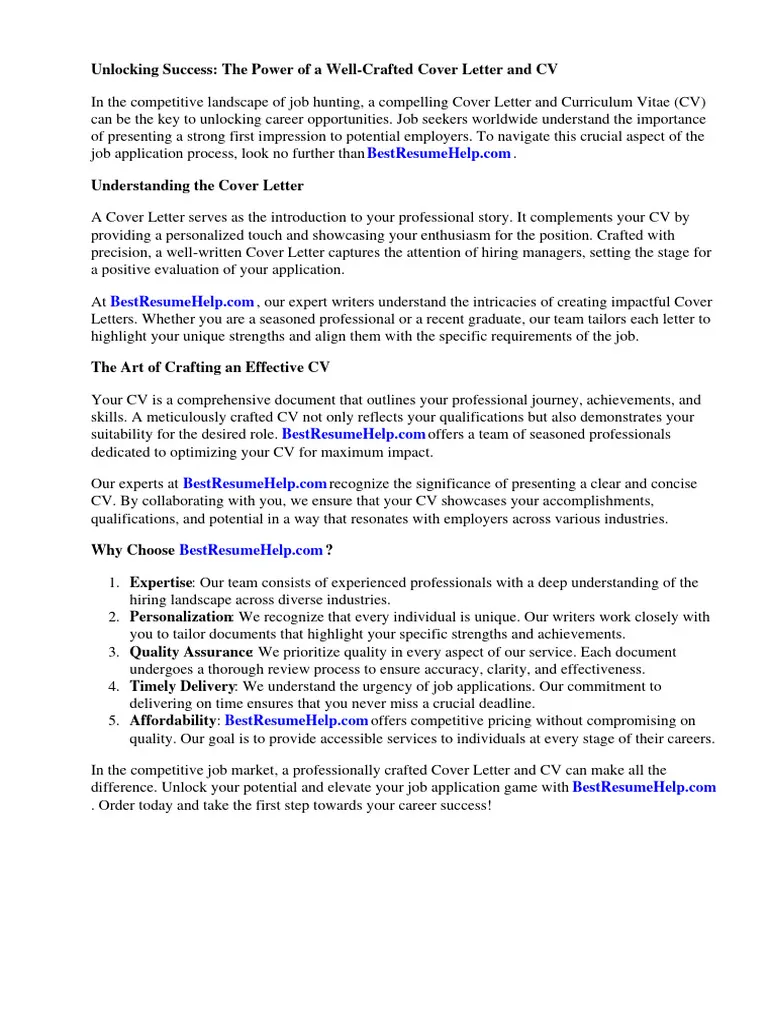
The cover letter is where you can strategically highlight the skills and experiences most relevant to the job you are applying for. It is important to carefully review the job description and identify the key skills and qualifications that the employer is seeking. Then, use the cover letter to demonstrate how your past experiences and skills align with these requirements. Provide specific examples of your accomplishments, using the STAR method (Situation, Task, Action, Result) to illustrate your abilities. This method helps you to not just state your skills but also to provide concrete evidence of your past successes. Quantify your achievements whenever possible, such as by providing specific numbers or percentages to show the impact of your work. By aligning your qualifications with the job requirements and showcasing your relevant experience, you significantly increase the chances of capturing the hiring manager’s attention and getting invited for an interview.
Cover Letter Essentials Top 5 Facts
Fact 1: Personalized Greeting
A personalized greeting is essential for making a strong first impression. Addressing the hiring manager by name (if you know it) shows that you’ve taken the time to research the company and the specific role. Generic greetings like “Dear Sir/Madam” are impersonal and can make your application seem less enthusiastic. If you are unable to find the hiring manager’s name, try researching the company’s website, LinkedIn, or other resources to find it. If you absolutely cannot find a name, it is better to use a general, yet still professional, greeting, such as “Dear Hiring Team” or “Dear [Department] Hiring Manager.” Personalization conveys that you are genuinely interested in the opportunity and have tailored your application to the specific company and role. This small detail sets you apart from candidates who use generic cover letters and shows your attention to detail.
Why Personalization Matters
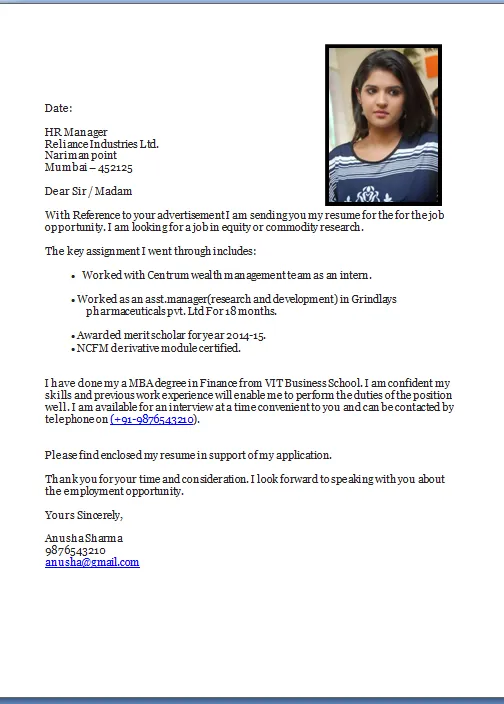
Personalization matters because it demonstrates your genuine interest and investment in the job application process. Generic cover letters often feel mass-produced and can be quickly dismissed by hiring managers. A personalized greeting and content suggest that you’ve taken the time to research the company, understand the role, and tailor your application to their specific needs. This effort indicates a higher level of enthusiasm and commitment. Personalization helps you make a connection with the hiring manager, making them more likely to read your entire cover letter and consider your application seriously. In a competitive job market, this small detail can significantly increase your chances of standing out from the crowd and getting an interview. It signals that you are serious about the opportunity and have taken the initiative to make a positive first impression.
Fact 2: Showcase Relevant Skills
Your cover letter should highlight the skills and experiences that are most relevant to the job requirements. Carefully review the job description and identify the key skills and qualifications that the employer is seeking. Then, in your cover letter, provide specific examples of how your past experiences have equipped you with these skills. Don’t simply list your skills; instead, demonstrate them through concrete achievements and accomplishments. Use action verbs to describe your contributions and results, and quantify your achievements whenever possible. For instance, instead of saying “Managed projects,” you could say “Successfully managed three concurrent projects, delivering them on time and under budget, resulting in a 15% increase in efficiency.” Tailor your examples to the specific role and company, showing that you understand their needs and can contribute to their success. This targeted approach demonstrates that you are a good fit for the position and that you can make an immediate impact.
Linking Skills to Job Requirements
To effectively link your skills to job requirements, you must carefully analyze the job description and identify the key skills and qualifications that the employer is looking for. Then, in your cover letter, explicitly state how your skills and experiences align with these requirements. Use specific examples to demonstrate your abilities and provide evidence of your past successes. Frame your examples in a way that directly addresses the company’s needs and shows how you can contribute to their goals. For instance, if the job description emphasizes project management skills, you might describe a project you successfully led, detailing your approach, the challenges you overcame, and the positive results achieved. By clearly linking your skills to the job requirements, you demonstrate that you understand the role and are a strong candidate. This targeted approach shows the hiring manager that you are not only qualified but also well-suited for the specific position and company.
Fact 3: Highlight Accomplishments
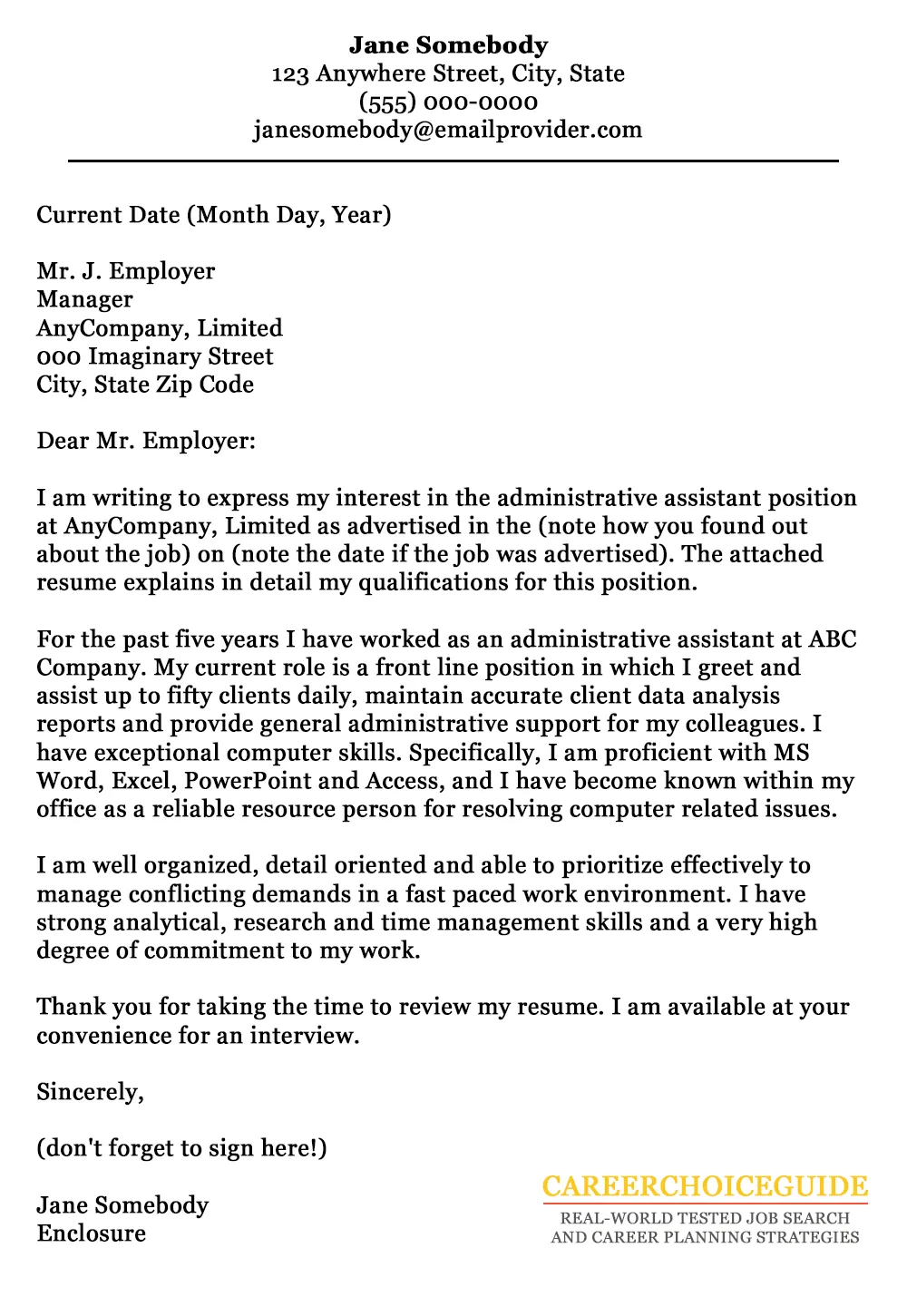
One of the most effective ways to make your cover letter stand out is to highlight your accomplishments. Instead of simply listing your job duties, focus on the results you achieved in past roles. Quantify your achievements whenever possible using metrics, numbers, and percentages to demonstrate the impact of your work. For example, instead of saying “Improved customer satisfaction,” you could say “Increased customer satisfaction scores by 20% through the implementation of a new feedback system.” Providing concrete examples of your achievements shows that you are results-oriented and that you can deliver value to the company. Your accomplishments demonstrate your abilities and give the hiring manager a clear picture of what you can bring to the role. Make sure to align your achievements with the specific requirements and goals of the job, showcasing your potential to contribute to the company’s success. This is the best way to showcase your value as a prospective employee.
Quantifying Your Achievements
Quantifying your achievements in a cover letter is a powerful way to demonstrate your impact and value. Instead of making general statements, provide specific numbers, percentages, and metrics to illustrate your accomplishments. This gives the hiring manager concrete evidence of your abilities and the results you have achieved in past roles. For example, if you improved sales, state the percentage increase or the specific dollar amount. If you streamlined a process, indicate the percentage reduction in time or costs. If you improved customer satisfaction, provide the improvement in customer satisfaction scores. Quantifying your achievements adds credibility to your claims and makes it easier for the hiring manager to assess your potential. It helps them visualize the impact you can have on their organization. Be sure to select the most relevant and impressive achievements and tailor them to the specific requirements of the job, showing how your skills can directly benefit the company.
Fact 4: Express Enthusiasm
Your cover letter should demonstrate your genuine enthusiasm for the job and the company. Show that you are excited about the opportunity and that you have researched the company and understand its mission, values, and goals. Express your interest in the specific role and explain why you are a great fit. Highlight what attracts you to the company and the opportunity, and show that you have a clear understanding of the industry and the challenges the company faces. This conveys that you are not just looking for a job but are genuinely interested in contributing to the company’s success. Demonstrate this enthusiasm by using positive and energetic language, and tailor your cover letter to the specific job and company. The goal is to show the hiring manager that you are eager to learn, contribute, and become a valuable member of their team. Your enthusiasm will make you stand out from other candidates and give the impression that you’re invested in the company’s future.
Demonstrating Your Interest
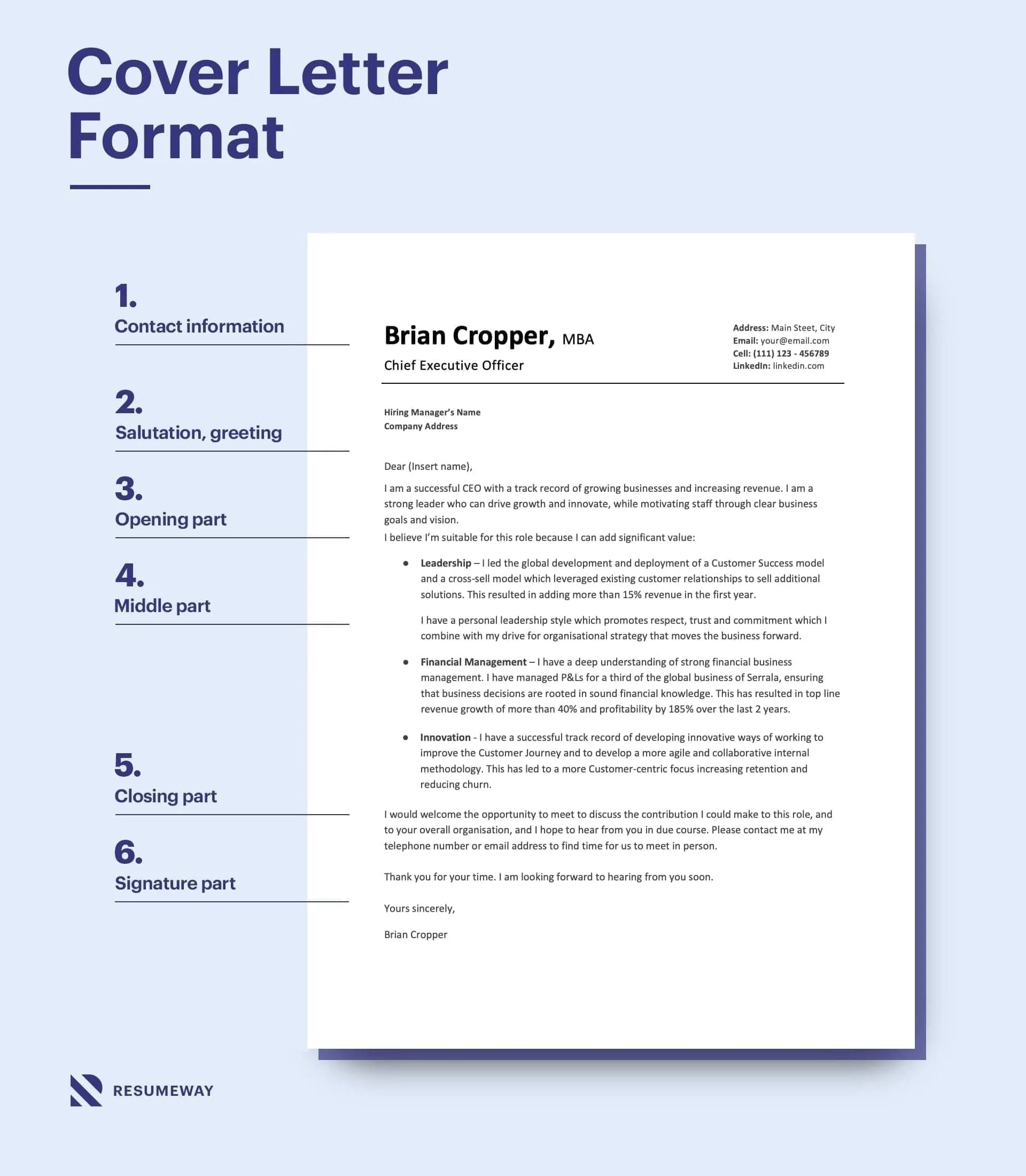
Demonstrating your interest in the role involves more than just stating that you are interested; it requires showing genuine enthusiasm and a clear understanding of the company and the position. Start by researching the company’s mission, values, and recent news. Then, use your cover letter to explain why you are drawn to the company and the specific role. Mention something specific that excites you about the opportunity, such as a particular project, a team, or the company culture. Connect your skills and experiences to the company’s needs, showing how you can contribute to their success. Tailor your language to match the company’s tone, and be specific about why you believe you are a good fit. Avoid generic statements and instead provide concrete examples that demonstrate your enthusiasm. The more specific and personalized your expression of interest, the more you will convince the hiring manager that you are a genuine candidate and invested in the company’s goals. This level of detail shows that you have taken the initiative to learn about the company and are eager to be a part of their success.
Fact 5: Call to Action
A strong cover letter concludes with a clear call to action. This is your opportunity to explicitly state your interest in the position and what you hope will happen next. The call to action should encourage the hiring manager to take the next step, such as contacting you for an interview. Express your enthusiasm for the opportunity and reiterate your interest in discussing your qualifications further. Thank the hiring manager for their time and consideration. Provide your contact information, making it easy for them to reach you. The call to action serves as a final, clear message about your interest in the role. It prompts the hiring manager to take action, increasing the likelihood of a positive response. This final touch will solidify your application and make you a candidate the hiring manager will remember.
Requesting an Interview
Requesting an interview is a critical part of your call to action. Make it clear that you are available for an interview and are eager to discuss your qualifications further. State your interest in the role and reiterate your enthusiasm for the company and the opportunity. Provide your contact information, including your phone number and email address, so the hiring manager can easily reach you. Express your gratitude for their time and consideration, and thank them for reviewing your application. Keep the tone professional and confident, demonstrating that you are prepared and eager to discuss how you can contribute to the company’s success. By explicitly requesting an interview, you increase your chances of getting the job. Making the request clearly and enthusiastically shows the hiring manager that you are proactive, serious, and ready to take the next step in the hiring process.
Cover Letter Formatting and Structure
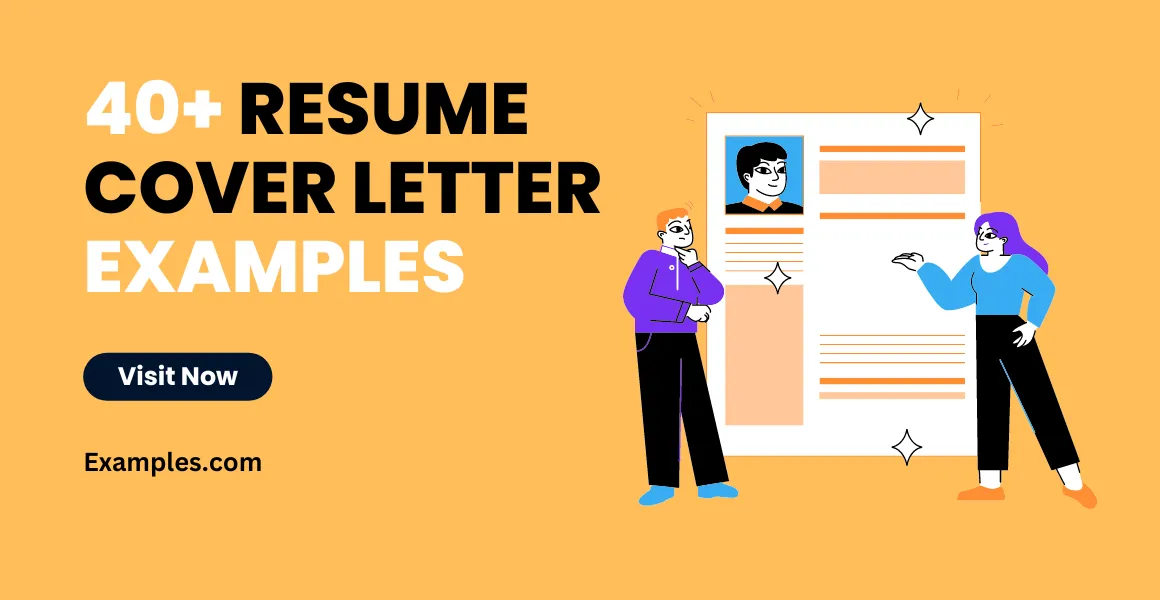
The formatting and structure of your cover letter are essential for readability and professionalism. Use a standard business letter format, with a clear and concise layout. Start with your contact information at the top, followed by the date and the hiring manager’s information. Use a professional font, such as Arial or Times New Roman, and maintain a consistent font size throughout the document. Keep your cover letter concise, ideally one page long. Use clear and concise language, and break up large blocks of text with paragraphs and bullet points. Proofread your cover letter carefully for any errors in grammar, spelling, and punctuation. Your cover letter should be well-organized and easy to read, with a clear introduction, body, and conclusion. A well-formatted cover letter creates a positive impression and demonstrates attention to detail. A professional, well-structured cover letter reflects positively on your communication and organizational skills.
Tips for a Professional Look
To achieve a professional look for your cover letter, pay attention to several key formatting elements. Use a standard business letter format, with a clear heading and a logical layout. Choose a professional font, such as Arial or Times New Roman, and maintain a consistent font size throughout the document. Use appropriate margins (typically 1 inch on all sides) to create a visually appealing layout. Keep the letter concise and focused, aiming for one page in length. Break up large blocks of text with short paragraphs and bullet points to improve readability. Ensure your letter is free of any typos, grammatical errors, or formatting inconsistencies. Proofread carefully before sending, and consider having a friend or family member review it as well. A polished, professional-looking cover letter shows attention to detail and communicates a high level of professionalism, creating a positive impression on the hiring manager. Pay attention to these details to ensure your cover letter represents you and your skills in the best possible light.
Proofreading and Editing
Proofreading and editing are essential steps in ensuring your cover letter is polished and professional. Before submitting your cover letter, carefully review it for any errors in grammar, spelling, punctuation, and formatting. Typos and errors can undermine your credibility and make your application seem careless. Read your cover letter aloud to catch any awkward phrasing or unclear sentences. Consider using a grammar checker tool, but always review the suggestions carefully and make your own judgment. Ask a friend, family member, or career advisor to proofread your cover letter for you. A fresh pair of eyes can often catch errors you might miss. Proofreading is critical to ensure your cover letter represents you and your skills in the best possible light. Taking the time to proofread and edit your cover letter demonstrates your attention to detail and commitment to quality.
